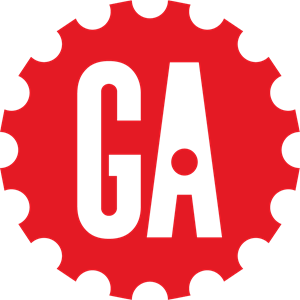How Long Does It Take to Become a UX/UI Designer?

Are you interested in pursuing a career in UX/UI design but unsure about the time commitment it requires? In this blog post, we will explore the path to becoming a UX/UI designer and discuss the time it takes to obtain the necessary certifications. Whether you're a student or a professional looking to switch careers, this information will help you make an informed decision.
UX/UI Designer training requirements
To become a certified UX/UI designer, you need to fulfill certain training requirements. These requirements may vary depending on the program and institution you choose, but they generally include:
- Basic understanding of design principles and aesthetics
- Proficiency in design software such as Adobe XD, Sketch, or Figma
- Knowledge of user research methods and usability testing
- Familiarity with front-end development technologies such as HTML, CSS, and JavaScript
While a degree in design or a related field can be beneficial, it is not always a requirement. Many successful UX/UI designers have built their skills through vocational training and real-world experience.
How to get a job after classes
Once you have completed your UX/UI design classes and obtained the necessary certifications, it's time to start your job search. Here are some steps you can take to increase your chances of landing a job in the field:
-
Build a portfolio: Create a portfolio showcasing your design projects and highlight your skills and expertise. This will serve as a visual representation of your capabilities and help you stand out from other applicants.
-
Gain practical experience: Look for opportunities to gain practical experience through internships, freelance projects, or volunteer work. This will not only enhance your skills but also provide you with valuable industry connections.
-
Network: Attend industry events, join professional organizations, and connect with other UX/UI designers to expand your professional network. Networking can lead to job opportunities and provide you with insights into the industry.
-
Keep learning: UX/UI design is a rapidly evolving field, and it's important to stay updated with the latest trends and technologies. Continuously learning and improving your skills will make you more competitive in the job market.
-
Tailor your resume and cover letter: Customize your resume and cover letter to highlight your relevant skills and experiences for each job application. Tailoring your application materials shows employers that you have taken the time to understand their needs and are genuinely interested in the position.
-
Prepare for interviews: Research common UX/UI design interview questions and practice your responses. Be prepared to showcase your design process, problem-solving skills, and ability to work in a team.
Remember, finding a job in UX/UI design may take time and perseverance. Be patient, stay motivated, and continue to refine your skills and portfolio.
Final Thoughts
Becoming a certified UX/UI designer is an exciting and rewarding career path. While the time it takes to complete the necessary training and certifications may vary, the average duration is around 6 to 12 months. By choosing a reputable training program, such as those offered on Dreambound, and following the steps outlined in this blog post, you can increase your chances of success in the field. So, if you have a passion for design and a desire to create impactful digital experiences, consider pursuing a career as a UX/UI designer.
Dreambound has you covered with a series of detailed guides, each designed for a different state. And if you're elsewhere or considering a move, we've got more guides that might fit your needs.
- How to Become a UX/UI Designer in Delaware
- How to Become a UX/UI Designer in Illinois
- How to Become a UX/UI Designer in New Hampshire
- How to Become a UX/UI Designer in Pennsylvania
- How to Become a UX/UI Designer in Washington
Thinking about all of the factors involved in making a career shift? Take a look at some of the guides we've written to help you in your journey.

Alyssa Jane is part of the customer success team at Dreambound. She works with students, training providers, and employers, helping them have a smooth customer journey. She is also an ESL tutor and Licensed Psychometrician. She is fond of traveling, photography, and discovering new restaurants.





